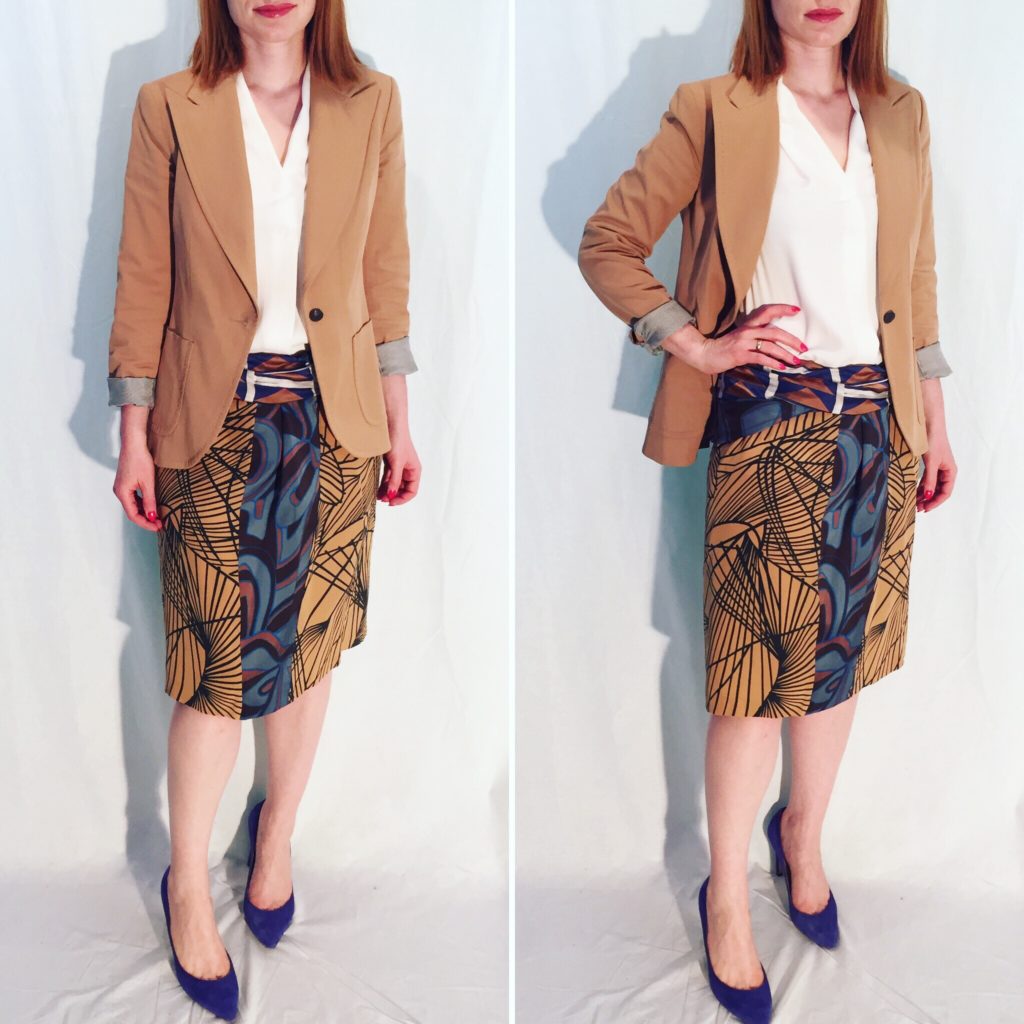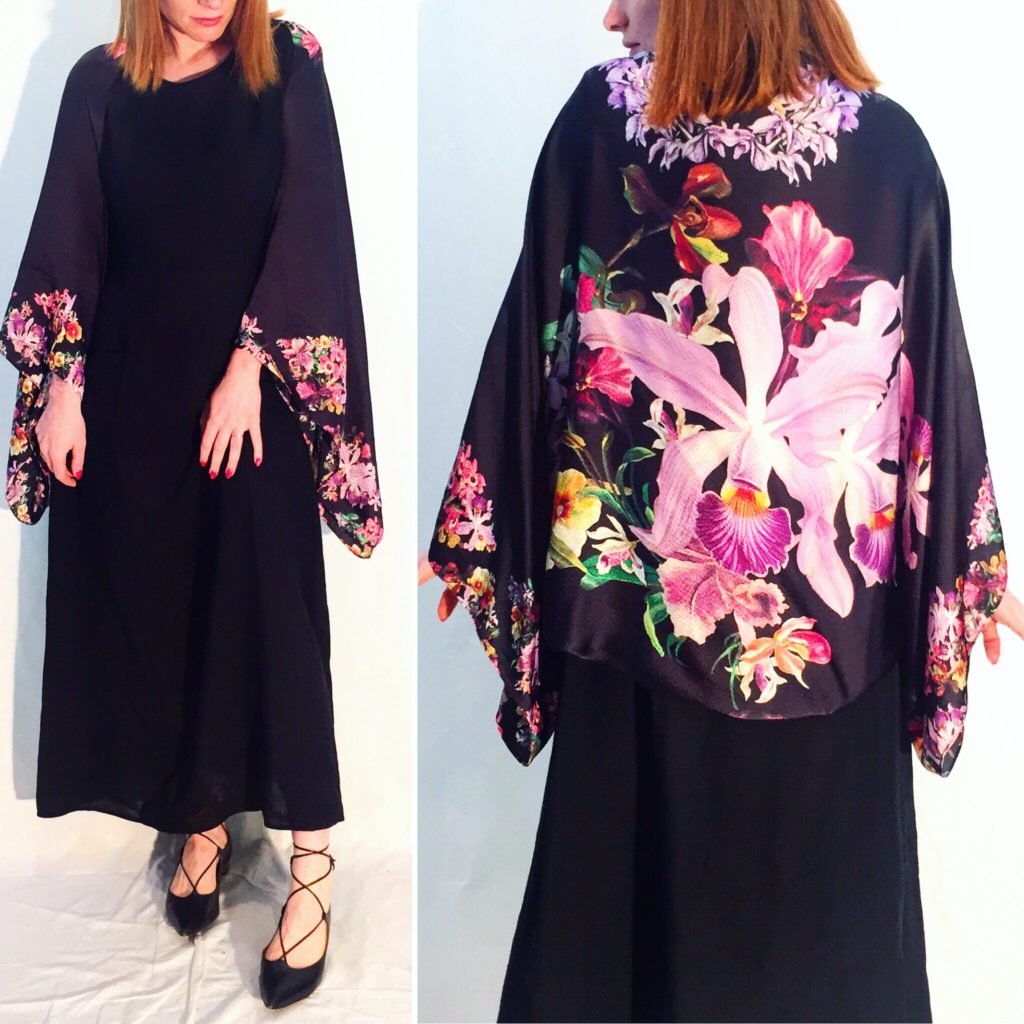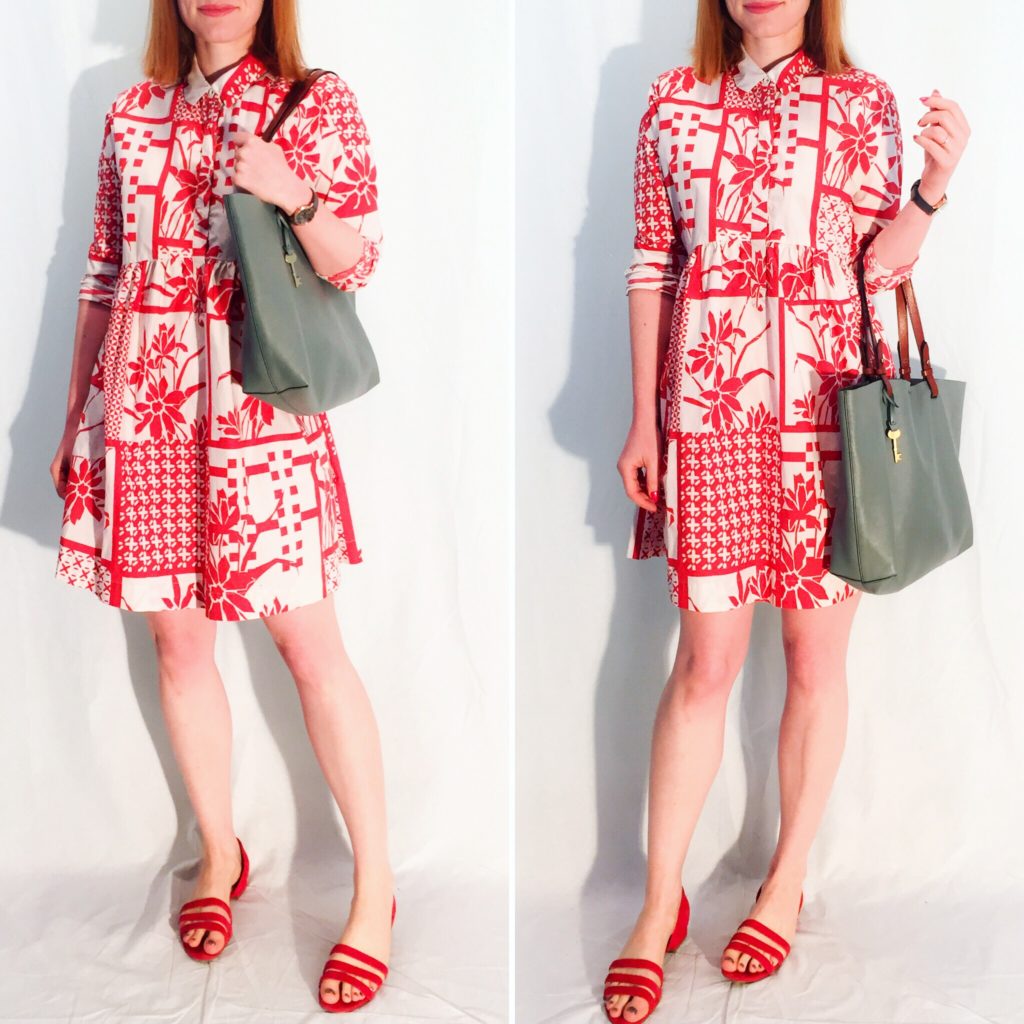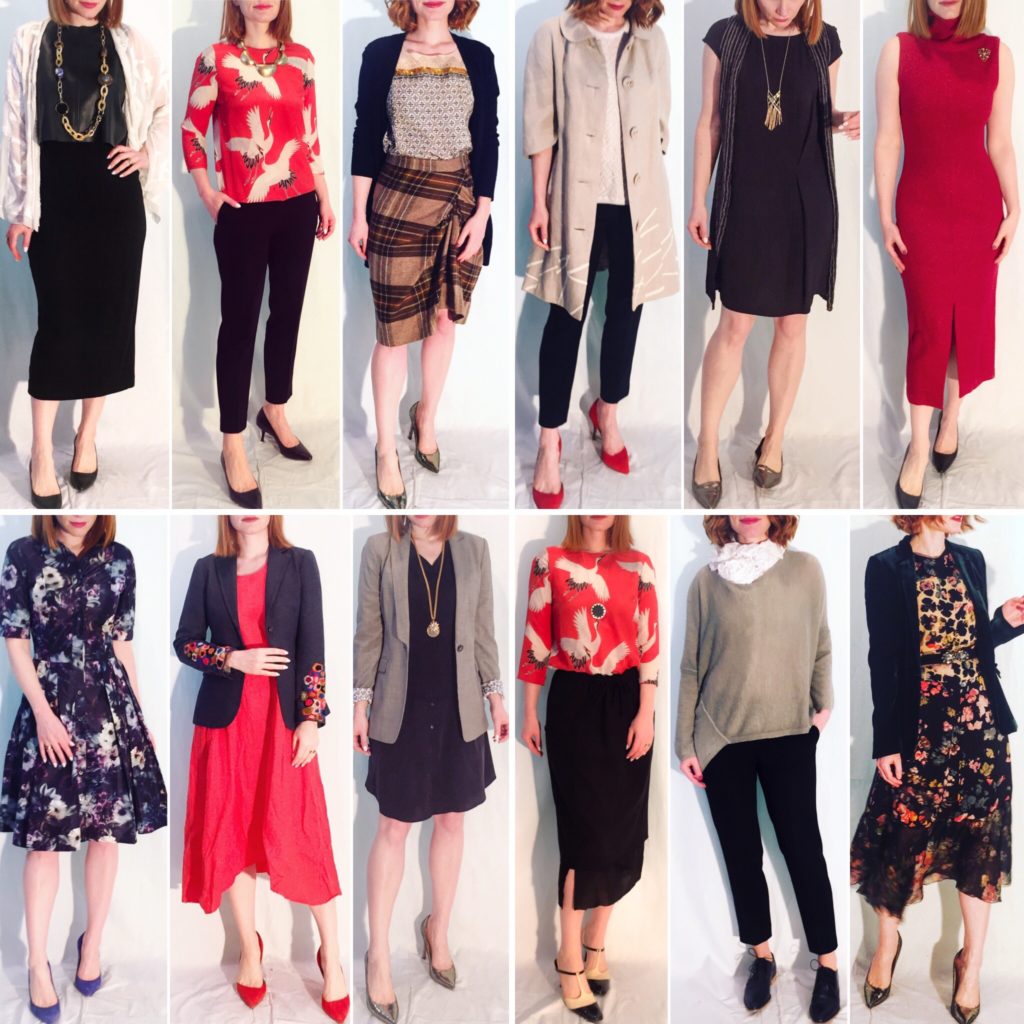I am going to start this post with a disclaimer that may negate the very premise of the post: I don’t do a lot of online thrifting. I am spoiled by my local thrift scene, so I don’t feel like investing the time to look for deals online that might be better; they almost never are.
But then, Adina (you might say), why write this post at all?
Well, one, because some of you asked and I am an obliging sort; and, two, because I do have a few tips. They might not be “hold the phone” (or is it “break the internet” now?) type of tips, but hopefully they’ll be of use to anyone interested in shopping secondhand online.
Get to Know the Platform
There is an ever-increasing number of ways to shop secondhand online. Craiglist, Facebook selling/trading groups, online consignment stores, Instagram shops, Etsy, eBay, Poshmark, Tradesy, Depop, and the list goes on. Each one represents its own market. Get to know what the sellers are offering in terms of merchandise and pricing. That way, when you’re looking for something specific (or even a category of things), you can select the best 2 or 3 platforms where you’re most likely to score a deal.
I don’t have extensive experience with all of the available platforms but here are my impressions to date:
- Poshmark skews towards a younger customer than eBay, so popular brands are mall brands and contemporary mid-level designers. Prices, as a whole, are cheaper than eBay. (This applies to the US only; Poshmark only recently became available in Canada).
- eBay has the broadest reach, especially if you extend your searches to include overseas sellers. You can sometimes score better deals from those sellers if you are looking for brands from their home countries. For example, there are tons of listings for Boden in the UK and the prices can be better even after accounting for the exchange rate and shipping costs. When I was shopping for designer bags, I always included Japanese eBay storefronts because they would often have good deals on pre-loved items that were in great shape, and offered free shipping. To my knowledge, reputable Japanese consignment stores are very strict about authenticating designer pieces. Always check the seller feedback, of course (especially any neutral or negative comments).
- Some Instagram thrifting accounts also sell clothes on the side. Sometimes, they offer first dibs to their followers, and you can score better prices than on Poshmark, etc.
- Etsy is primarily geared to vintage and handmade clothing. It can be a good source for ethical/independent designer items (new not preloved).
- Facebook selling/trading groups often offer the best deals, especially neighbourhood moms’ groups and the like. I don’t use Facebook anymore, and this is not something I ever really investigated but I have friends who have scored amazing bargains on everything from Lululemon to designer bags.
Shop Around
Knowing the retail price is often a bad gauge of the reasonableness of the resale price. So how can you tell if something is a good deal? Shop around, just as you would in retail. Look for listings for the same or similar items on resale sites. How do the prices compare? Are there many listings, or very few (indicating a potentially rare item)? On eBay, you can look up the actual price at which items have sold in the past – sometimes, the list price is not representative of actual market value.
Don’t Give Up
In at least one regard, online thrifting is similar to real life thrifting: it takes patience and time. Particularly when you are searching for a specific item, it can take not insignificant effort to find a great deal. Don’t be discouraged. On some platforms, like eBay, you can set up alerts that will notify you when an item fitting your search description is posted. I like to keep an iPhone note with a running list of items that I am hunting, and occasionally I will run searches to see if there are any new listings. Obviously, the more consistent you are about checking new listings, the better your odds of finding your item.
In my case, there are certain designers in which I have a general interest: Dries van Noten, Marni, Rick Owens, and a few others. For those, I simply search their names on (say) eBay and sort the results by “lowest price first”. That way, I can quickly spot any bargains, and I can also choose to nope out once the price escalates past my comfort zone.
Take Only Calculated Risks
What do I mean by risks? The biggest downside of online shopping is, of course, fit. A lot of resale platforms don’t allow returns unless an item is not as described; if the sizing is listed correctly, but the fit is not as expected, technically that may not meet the requirements for a return. How do you minimize the risk? Here are a few ideas.
Experienced sellers will often include measurements (not just sizes) in their listings. Know yours, and compare. One brand’s size 2 might be another brand’s size 6, but measurements don’t lie. If a listing doesn’t include measurements, you can always ask for them. Shoulders, bust, waist, hips, and length are usually the key numbers to consider, but this will vary depending on the type of item and style.
Online reviews can help as well. For newer items, try to track down the original retailer listing and see what the reviews say about whether the garment fits small, large, or TTS (true to size). Less exact but still helpful, look online for the consensus on the brand as a whole. Some are known to be prone to vanity sizing (e.g. Loft) and some are the reverse (e.g. H&M). Some brands are all over the place, which means that you should definitely ask for measurements for your particular item.
European sizing is another ballgame. There is UK sizing, which is typically about 2 sizes smaller than its US equivalent; so, a UK 10 is a US6. There is the single-digit sizing, wherein size 1 corresponds to a XS/S or sizes 0-4, size 2 corresponds to a S/M or sizes 6-8, size 3 correspondents to a L or size 10-12, and size 4 to an XL or sizes 12-14 (these are my general observations, actual brands will vary). Then there is the European designer sizing which runs from about 32 to 44, or roughly size 0 through 12/14. Some people will tell you that 34 is roughly equivalent to a size 4, but I find European designers to be cut on the small side. I tend to err on the conservative side when estimating European sizes.
Do Your Research
I recommend this for both in person and online thrifting. Go to a high-end department store or designer boutique whenever the opportunity arises, and have a good look around. Touch the clothes, try them on. Some brands have good PR and clothes that look pretty in stock photos, but they might not be that special up close, or may not fit your body type, personal aesthetic, etc. Learn what works for you in terms of brand, aesthetic, quality, and so on, and then hunt for those things online.
And with that, I am going to turn this over to you, my trusty commentariat: what are YOUR best tips for online thrifting?




